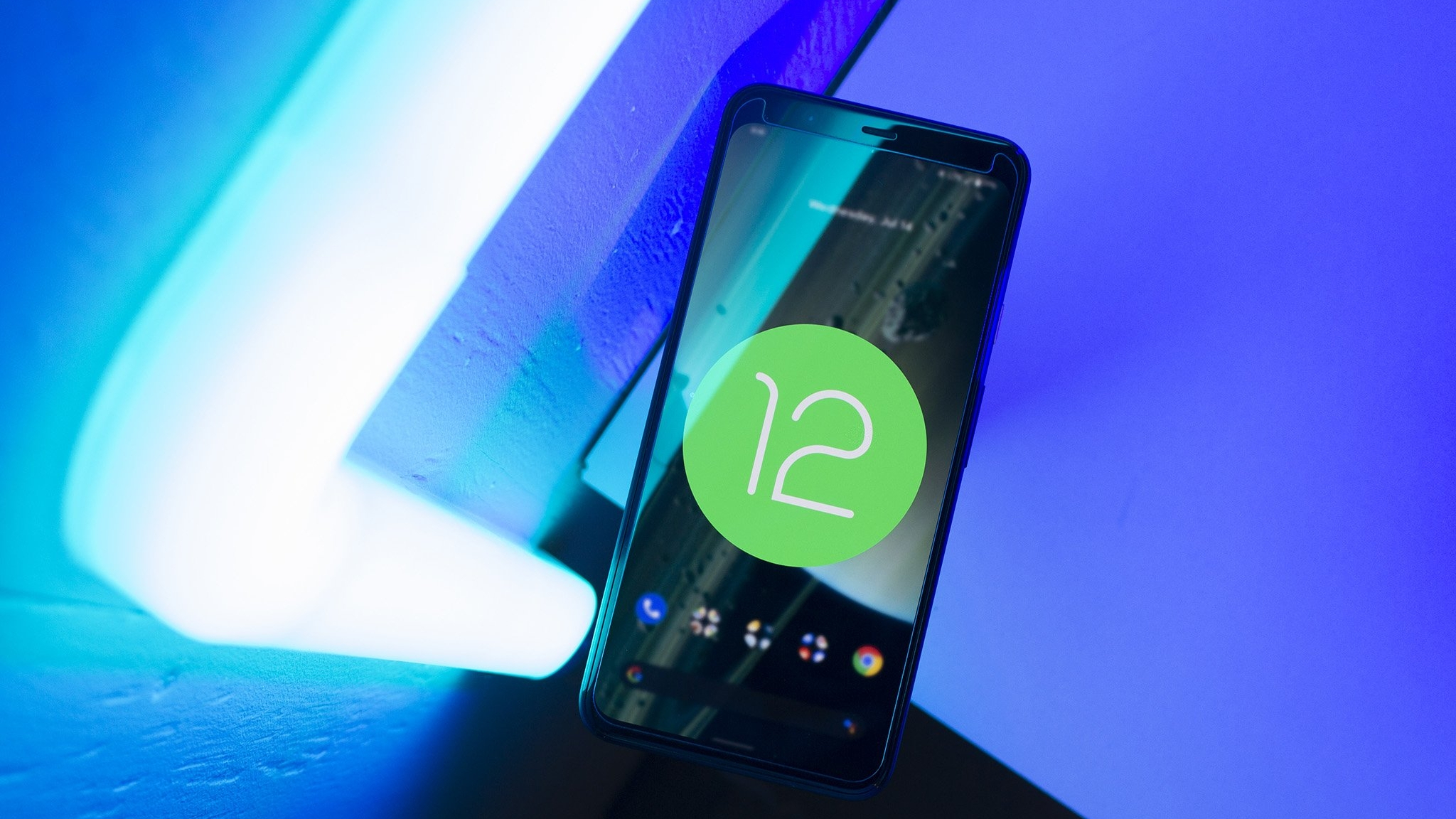The Huawei Mate 50 Pro launches internationally with a questionable price tag
It has some nice features but is missing some notable ones.
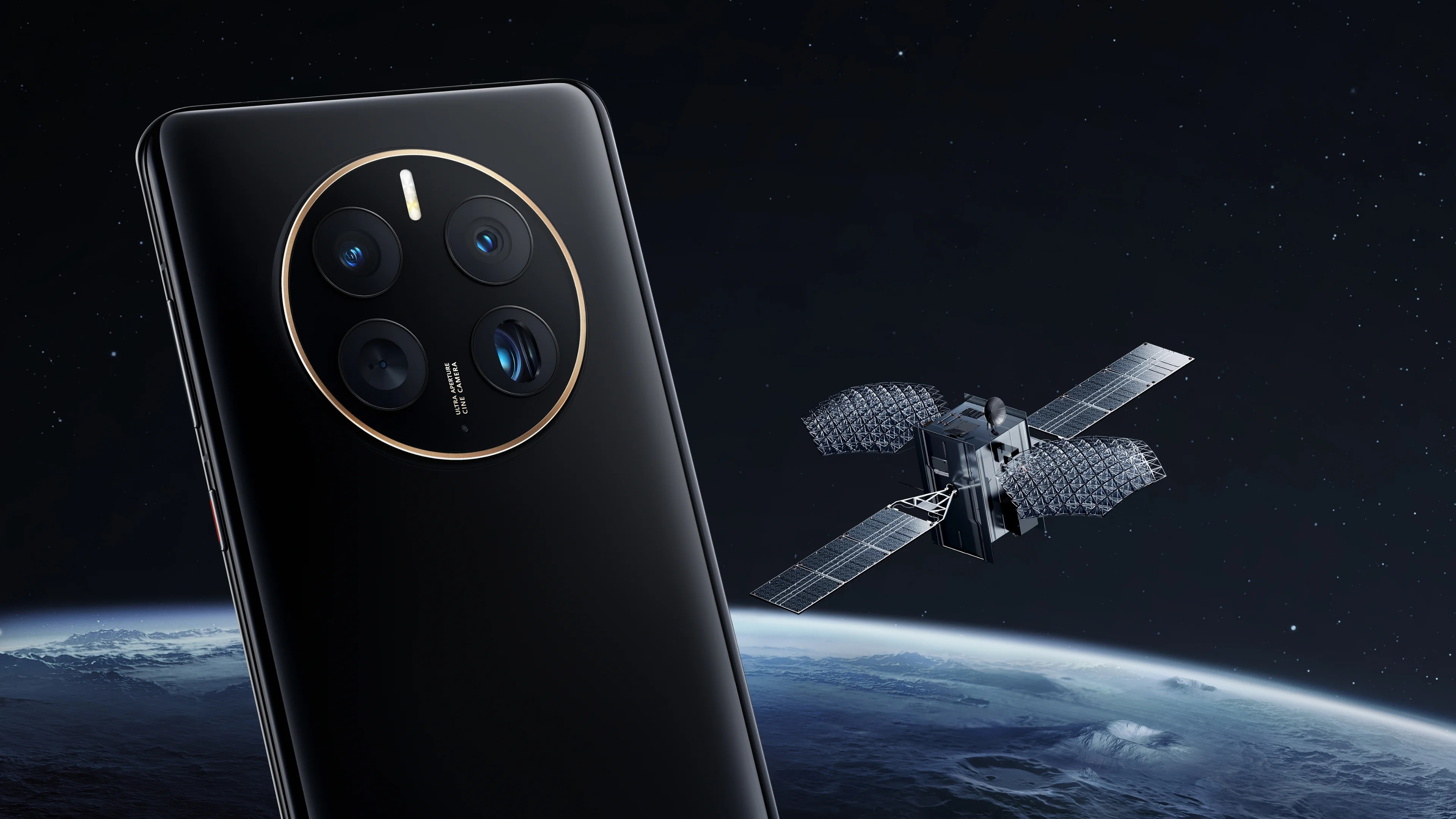
Update (Sept 26, 1:45 pm ET): The Huawei Mate 50 series launches in international markets.
What you need to know
- Huawei has launched its latest Mate 50 smartphones in China.
- The phones support satellite connectivity via China's BeiDou network, allowing users to send text messages.
- The phones sport one of the latest Qualcomm chipsets, although they still lack 5G connectivity.
Huawei's Mate series has introduced some of the best smartphones you can't buy, and after pressing pause on the series in 2021, the company is back with its latest Mate 50 series.
The Huawei Mate 50 Pro is the top-tier model, sporting a large 6.7-inch QHD+ OLED display with a 120Hz refresh rate. There's a triple-camera system with a fairly impressive 50MP primary sensor on the back. While that sounds like just about every Android phone launched this year, the Mate 50 series is unique in that it features variable aperture, offering 10 stops between f/1.4 and f/4. Other phones that have offered this in the past were often limited to just two aperture settings.
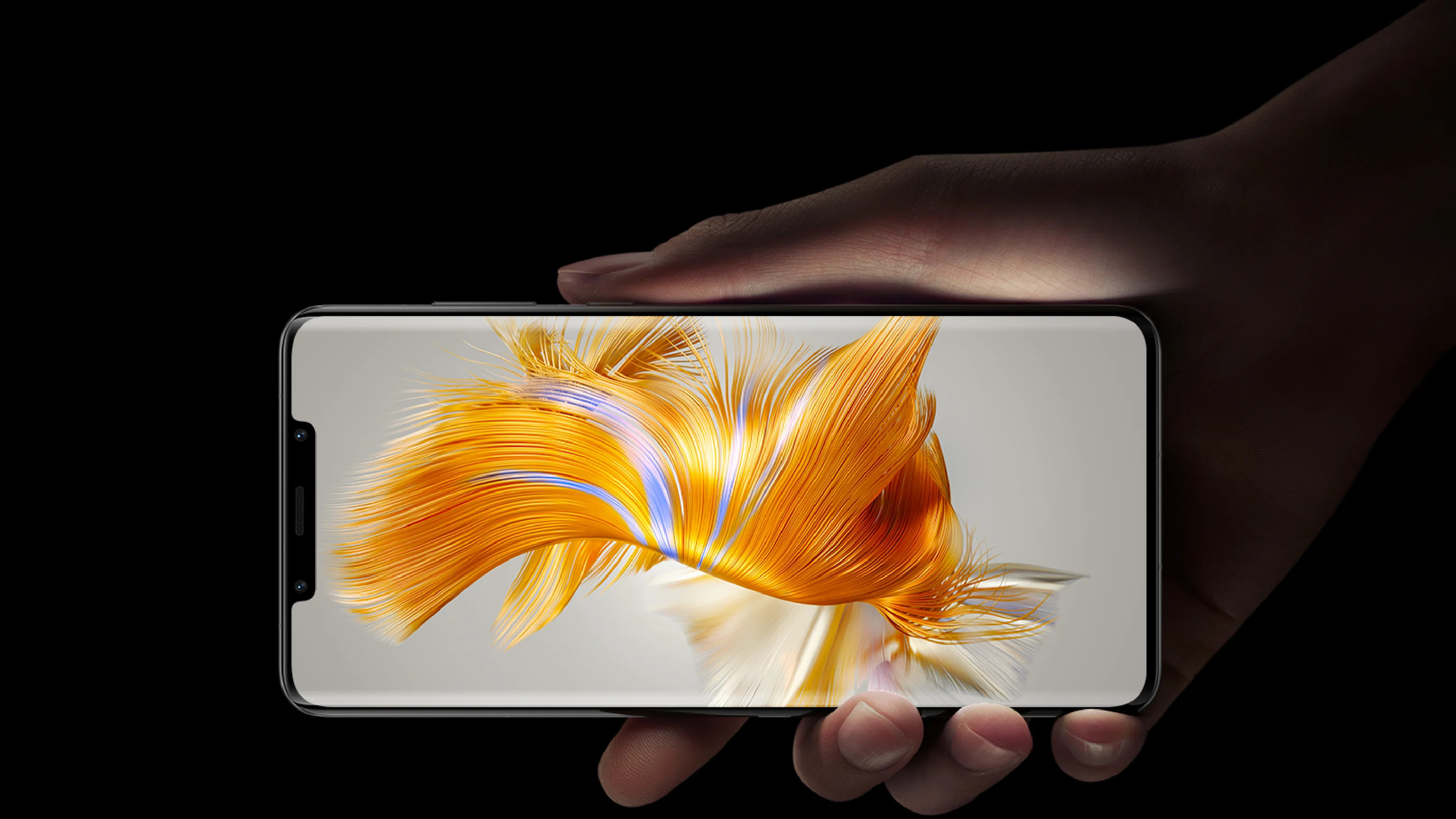
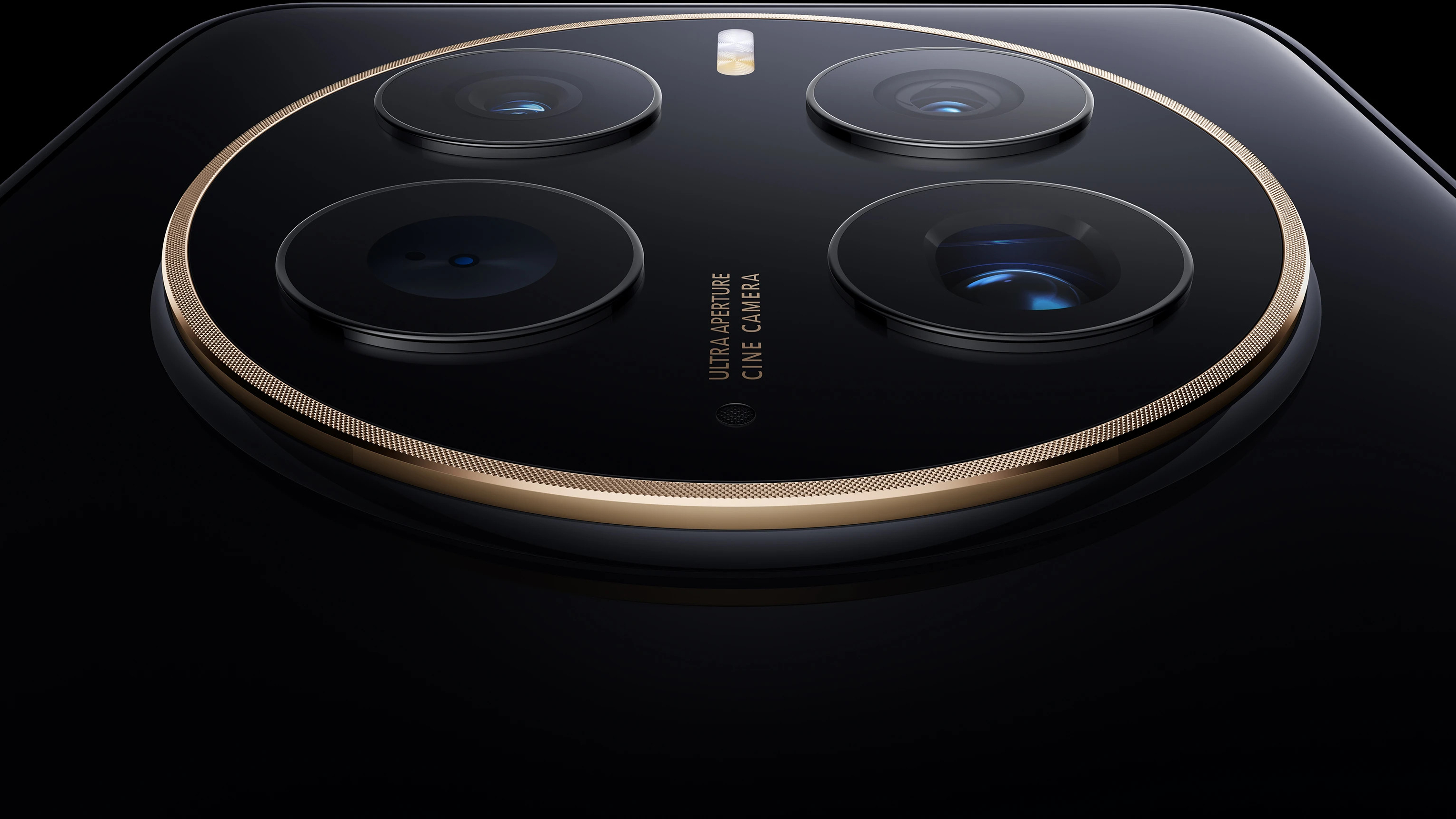
In addition to the primary sensor, there's a 13MP ultrawide camera and a 64MP periscope telephoto lens. On the front are a 13MP camera and ToF sensor.
The Huawei Mate 50 Pro is outfitted with a 4G version of the Snapdragon 8+ Gen 1, Qualcomm's latest and greatest chipset. However, despite the lack of 5G connectivity, the Mate 50 series does come with satellite connectivity, seemingly the hottest new thing in mobile telephony. Using China's BeiDou satellite network, users can send messages in areas with no reception, although it doesn't appear to support receiving messages.
Satellite connectivity on smartphones has become something of a new space race for smartphone manufacturers as of late. Apple was been long-rumored to bring support to the new iPhone 14 (which it has), while Android 14 is set to gain satellite connectivity following the T-Mobile/SpaceX partnership.
Rounding out the specs, the Huawei Mate 50 Pro comes with 8GB of RAM and 256GB of expandable storage. The 4,700mAh battery supports 66W wired charging and 50W wireless charging.
Be an expert in 5 minutes
Get the latest news from Android Central, your trusted companion in the world of Android
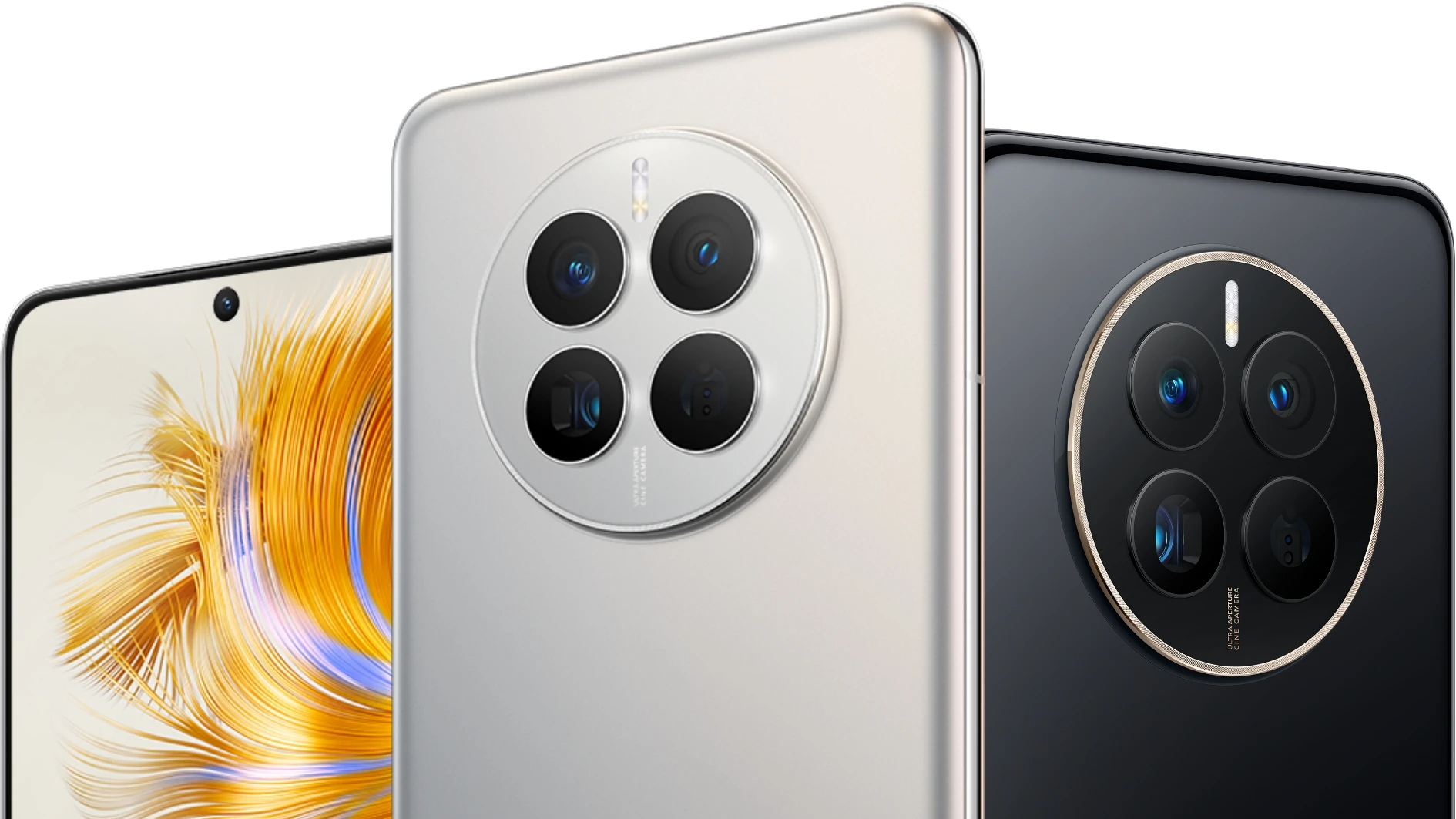
In addition to the Mate 50 Pro, the company has also introduced the standard Mate 50, which isn't much different. The display refresh rate is lowered to 90Hz, the battery capacity gets downgraded to 4,460mAh, and the telephoto lens has only a 12MP resolution. Aside from the lack of a notch and flatter display, the Mate 50 looks nearly identical to its Pro counterpart.
The phones are currently on pre-sale in China, although a global launch is to be expected (likely skipping the U.S., however).
Update
Huawei has announced that the Mate 50 series is now available in international markets. The devices are pretty much identical to the versions released in China, down to the 4G version of the Snapdragon 8+ Gen 1.
Huawei notes that the Mate 50 devices are the first consumer smartphones to support Beidou Satellite Messaging, although this is only available in China.
They are also available in the same configurations, with 8GB of RAM and up to 512GB of storage. Pricing starts at €1299 for the 256GB variant in black or silver, while the more expensive Orange Leather doubles the storage and will retail for €1399.
That's a lot to ask for, even if we were talking about a phone with 5G and Google services, but as the Mate 50 series lacks both of those things, it's hard to recommend.

Derrek is the managing editor of Android Central, helping to guide the site's editorial content and direction to reach and resonate with readers, old and new, who are just as passionate about tech as we are. He's been obsessed with mobile technology since he was 12, when he discovered the Nokia N90, and his love of flip phones and new form factors continues to this day. As a fitness enthusiast, he has always been curious about the intersection of tech and fitness. When he's not working, he's probably working out.
